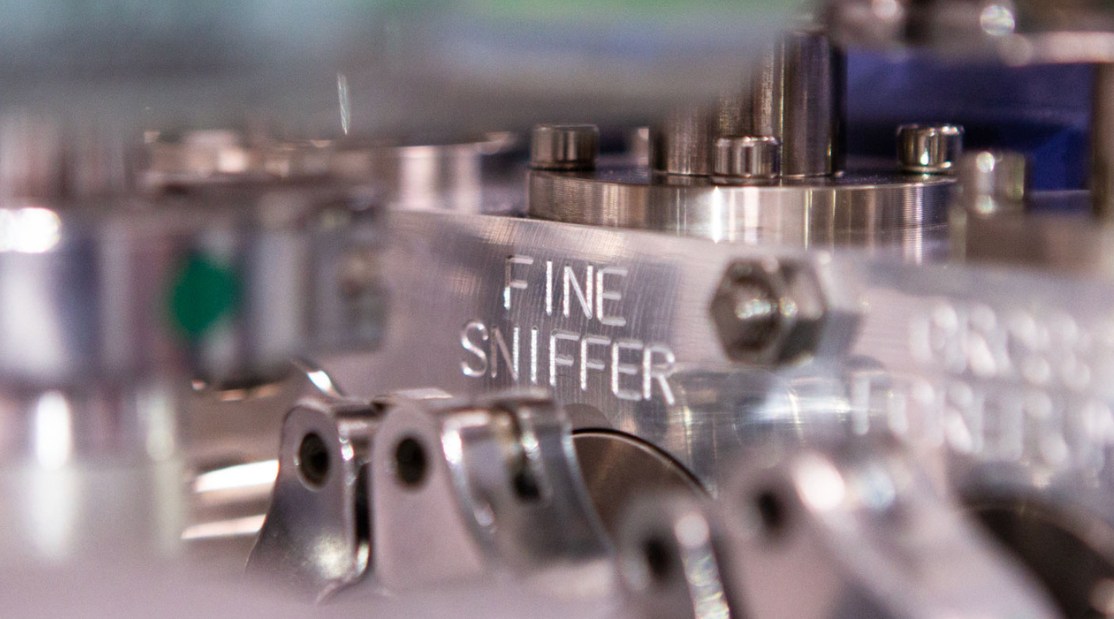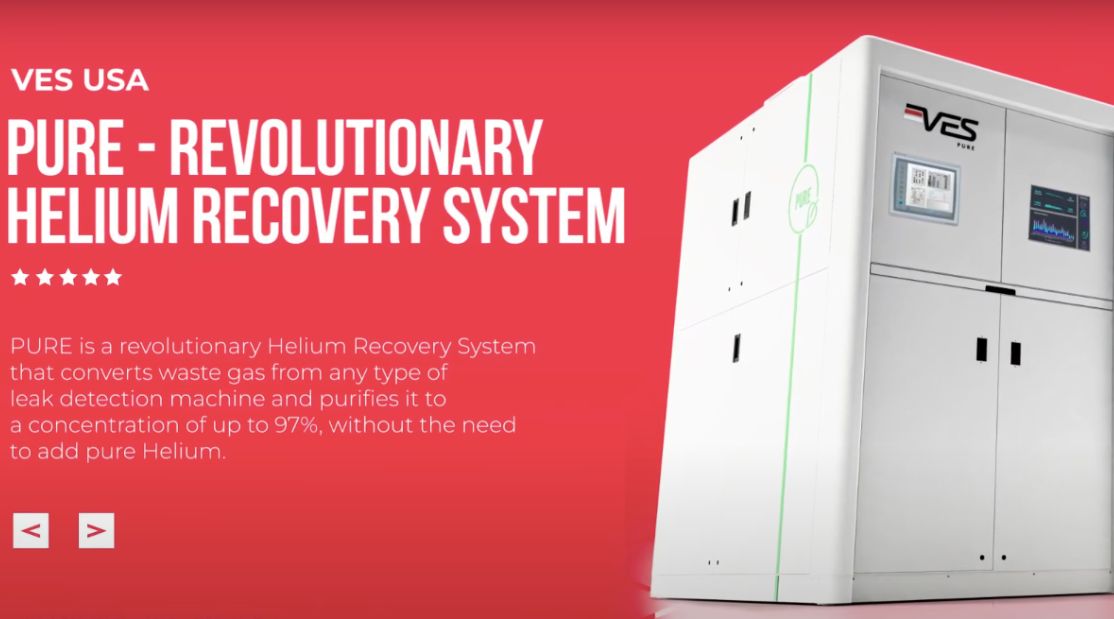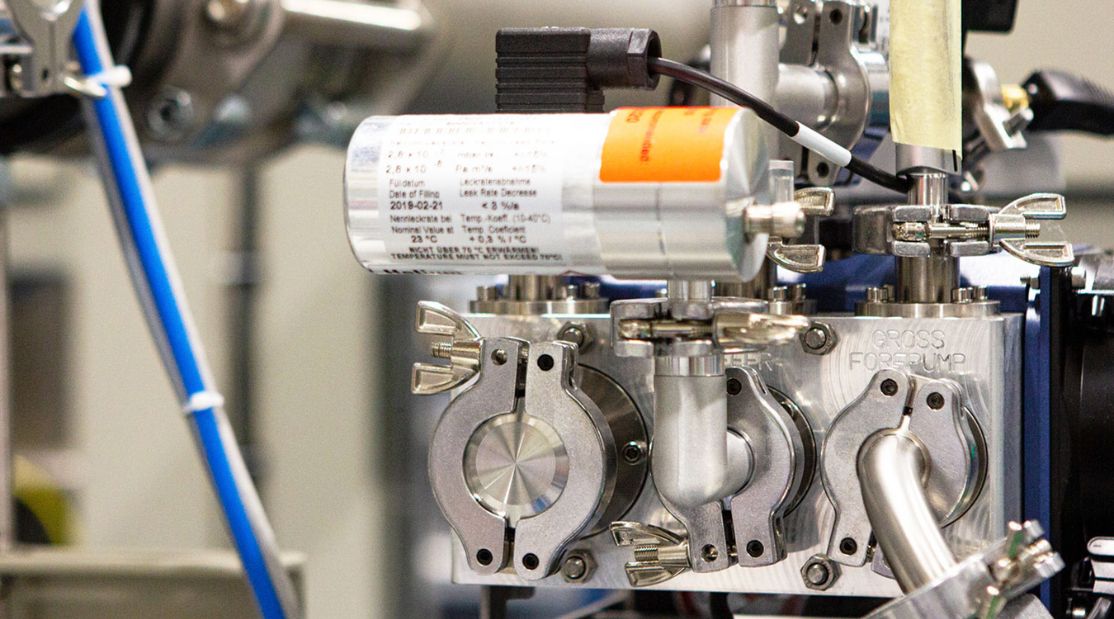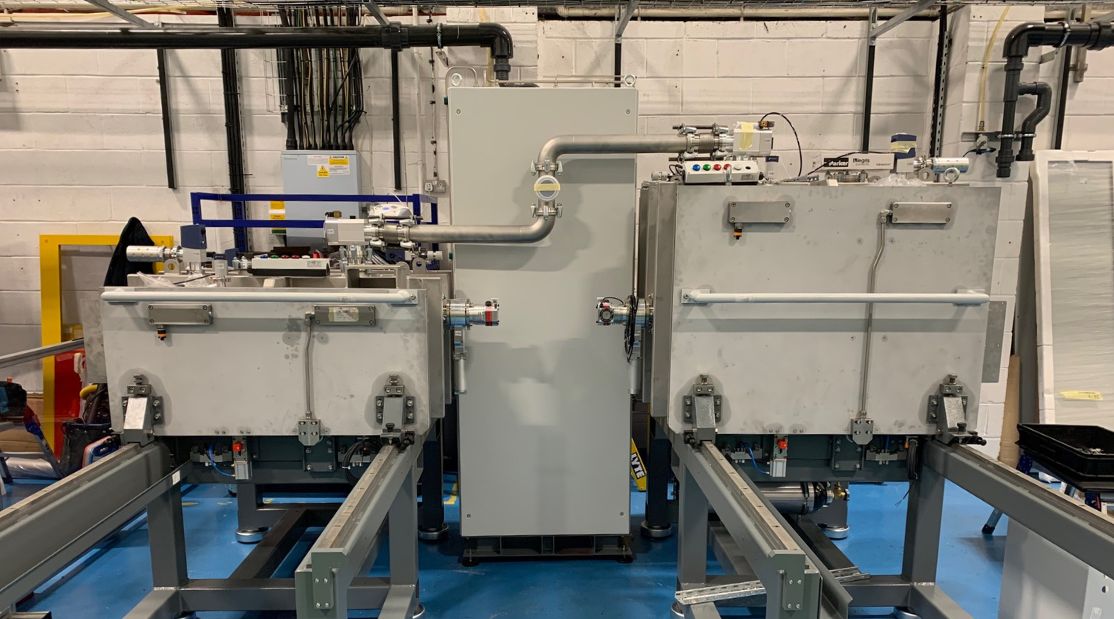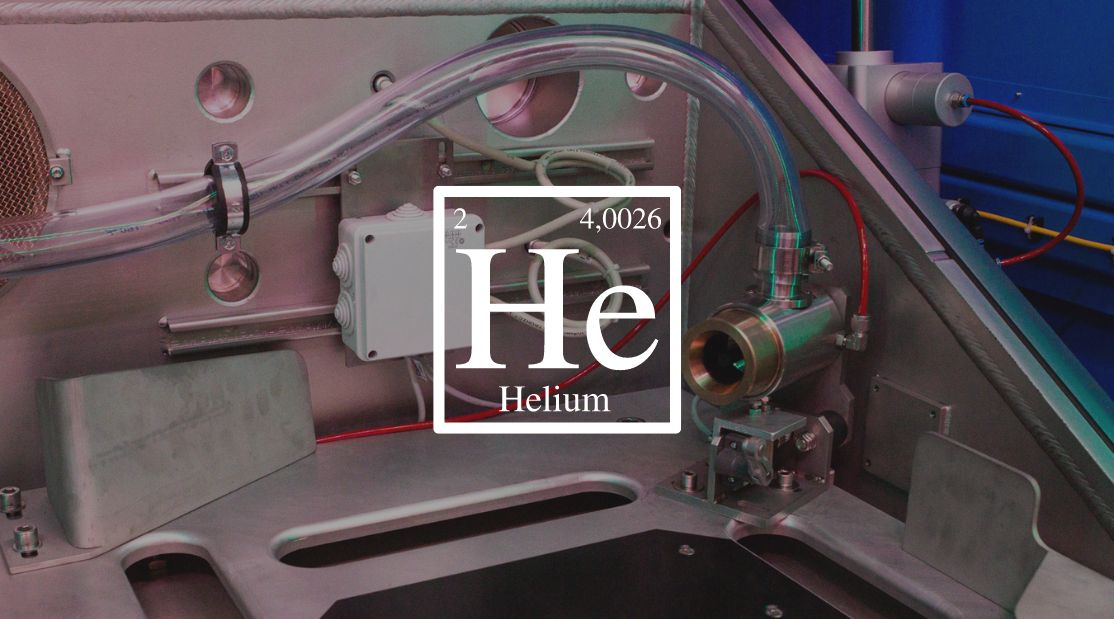The science of leak testing is a complex yet important discipline, particularly as it relates to ensuring the integrity of components and systems across multiple key industries. One of the most intriguing aspects of leak testing involves the selection of the appropriate tracer gas.
The most common choices are helium and hydrogen, but what makes these gases so effective? In this article, we’ll delve into the unique properties of these gases and explore how Vacuum Engineering Services (VES) incorporates them into our versatile testing systems.
The Unique Properties of Helium
Helium is a noble gas that’s colourless, odourless, and inert, meaning it won’t react with other substances. Its small atomic size makes it an excellent choice for detecting even the tiniest of leaks. The gas is non-toxic and safe to use, but its increasing scarcity and rising costs have made it a less attractive option in recent times.
The Versatility of Hydrogen
Hydrogen, often used in a forming gas mixture with nitrogen, is another common tracer gas. It’s lighter than air and diffuses quickly, making it useful for detecting leaks in a variety of applications. It’s also more abundant and less expensive than helium, which has its own set of advantages.
Why We Prefer Helium and Hydrogen
Our Vacuum Chamber Leak Test Systems can utilise both helium and hydrogen as tracer gases. The flexibility of using either gas allows us to adapt to various component sizes and shapes, offering a great solution for hard vacuum leak tests. For those who are concerned about helium availability and costs, our systems are also fully compatible with hydrogen.
Addressing the Helium Shortage
Recognising the challenges of helium scarcity and costs, we’ve developed the PURE Helium Recovery and Purification System. This innovative solution allows for the recovery and reuse of helium, contributing both to sustainability and to cost-saving efforts.
Why Not Other Gases?
Ok, so you might be wondering why other gases aren’t commonly used. Simply put, the safety, detection sensitivity, and cost-effectiveness of helium and hydrogen make them superior choices. Other gases may either be hazardous, less sensitive, or not cost-effective for leak detection purposes.
Making an Informed Decision
Selecting the right tracer gas for your leak testing procedures is not merely a choice but an informed decision that impacts safety, efficiency, and cost. Understanding the pros and cons of each gas can help you make the right decision for your specific needs.
With over 25 years of experience in the industry, we continue to innovate, offering cutting-edge solutions that cater to both contemporary and future demands. Our testing systems, designed for flexibility and accuracy, allow us to adapt to your unique requirements, making your leak testing processes both efficient and effective.
For more on VES’s advanced leak testing capabilities, contact our engineering team today!
